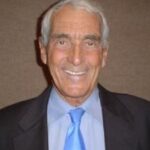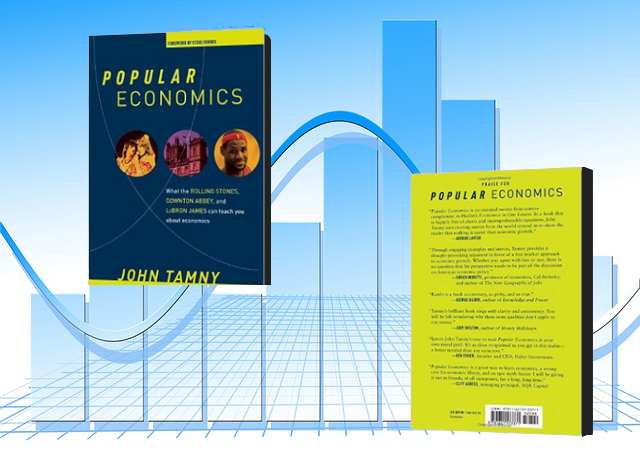Popular Economics: What the Rolling Stones, Downton Abbey, and LeBron James Can Teach You about Economics, John Tamny; Regnery Publishing, 2015, 256 pages; ISBN-13: 978-1621573371: $19.01 on Amazon.com.
Have you even taken an economics course in school, filled with incomprehensible graphs and equations, taught by instructors who seemed to be disconnected from the real world?
If so, and if even if not, learning how simple economics is and how easily economic theory can be applied to everyday life is far from impossible. The new book by Forbes magazine economics editor John Tamny, Popular Economics: What the Rolling Stones, Downton Abbey, and LeBron James Can Teach You about Economics, can make that happen for you.
‘Pulling Aside the Curtain’
Contrary to how some economics literature is written, Popular Economics uses real life stories about recognizable people in popular culture to illustrate what can sometimes seem like an arcane field of study. In the foreword, Steve Forbes states Tamny’s book does “what Toto did to the Wizard of Oz, pulling aside the curtain to expose the fraud that has become modern economics.”
This analogy is apt. Tamny’s book transforms economic principles from what may seem like obscure voodoo into easily comprehensible ideas.
Consumers Win
The front cover features the Rolling Stones, the cast of Downton Abbey, and NBA star LeBron James, and the book indicates Tamny’s knowledge of sports, movies, and business is almost encyclopedic.
His engaging tales put you in the shoes of his central characters, allowing you to vividly imagine a day in their lives. For example, using the story behind Netflix’s creation, Tamny explains how competition and innovation benefit consumers.
More than a decade ago, before Reed Hastings started Netflix, Blockbuster reigned as the largest video rental chain, with 60,000 employees and more than 9,000 stores.
After Hastings was charged $40 in late fees for a video rented from Blockbuster, he got the idea of sending rented DVDs to consumers through the mail. Netflix was born.
Blockbuster could not compete with Hastings’ innovative new idea, and in 2010 it closed its doors for good.
Smartest People in the Room
Most politicians do the wrong thing for their constituents while thinking of themselves as smarter than anyone else in the room, Tamny says.
For example, did you know President Richard Nixon devastated the world’s economy by removing the dollar from the gold standard? Tamny explains how this decision’s catastrophic effects are still being felt to this day.
Tamny says, using tales of intriguing characters both real and fictional, it is only the rare public official who possesses the knowledge to make good decisions about the economy. Those who truly understand economics often stay out of the halls of public office, recognizing better fortunes are to be made in the private sector.
The book explains too many in the private sector collude with the government to enhance their riches, creating what is called “crony capitalism.” These crony capitalists undermine at least one of the three legs essential for a successful economy: the free market, the rule of law, or property rights.
A Better Understanding
Readers will close the cover on Popular Economics with a newfound understanding of how personal taxation is a penalty against an individual’s hard work, and how government spending creates no useful jobs.
Other stories that may surprise readers include parables of how capital gains taxes and estate taxes impede innovation, and the why wealth inequality is natural and not necessarily indicative of social injustices.
The book’s most compelling part is the explanation of how economic recessions cleanse the economy of weak companies that are otherwise misallocating resources, freeing those resources to be used for more productive enterprises, just as natural fires improve forests’ overall health by clearing out dead wood.
Whenever government attempts to rescue businesses and control recessions, Tamny explains, it starts a domino trail of bad decisions and poor guesses, leading to a real financial crisis.
By using examples from both fictional entertainment and real world events, Tamny weaves a tale of economics accessible to readers of all backgrounds. Readers will be both educated and entertained by his stories, ending up with a solid understanding of how and why our world works the way it does.
Jay Lehr, Ph.D. ([email protected]) is science director of The Heartland Institute.





